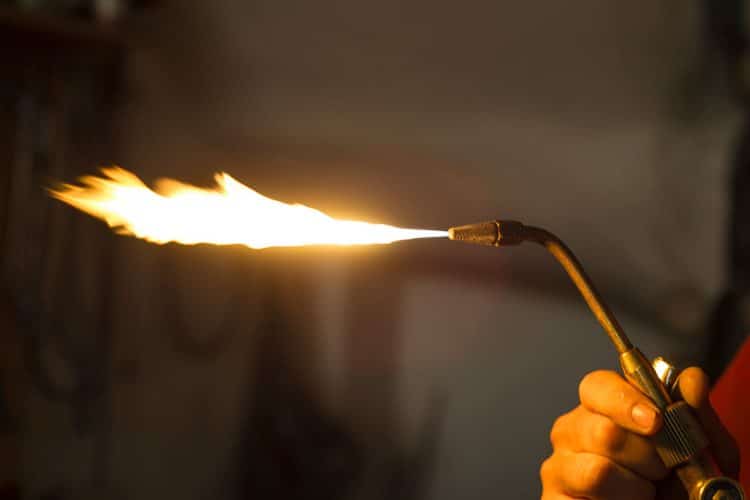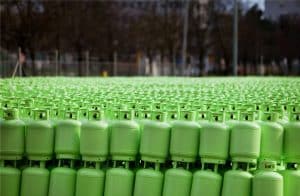You must choose your welding gas according to your raw materials. Here is our guide to help you choose your :
- gas for stainless steel welding ;
- gas for aluminium welding ;
- gas for tin soldering ;
- gas for zinc welding.
Gas for stainless steel welding
There are several processes for stainless steel welding. You can use the TIG or MIG process which uses pure argon as gas.
With TIG welding, you must use a filler metal that is compatible with the parts you are assembling. If you have a fairly recent TIG station you benefit from a pre and post gas regulation system that enables you to avoid corrosion of the hot metal. You have the possibility of releasing gas at certain points before you start welding, as well as afterwards.
You may prefer the orbital weld, which is a variant of TIG welding. It allows you to assemble your two stainless steel parts, without the use of filler metal, with a rotation of the automatic torch. With experience, you can produce welds with perfect regularity, thanks to an internally levelled penetration.
MIG welding allows you to carry out semi-automatic welding using pure argon gas brought to the torch. The process is more modern and MIG welding machines provide models that are very popular with DIY enthusiasts. They are versatile and can be used for many metals. They have the advantage of being quite sophisticated, but easy and pleasant to use.
When welding MIG stainless steel, you need to find the right setting to manage the unwinding speed of your stainless steel wire on reel to ensure a uniform bead.
Gas for aluminium welding
The gas for aluminium welding can be argon or helium. These two gases are used pure or mixed. Pure argon is the most popular. However, the ionization potential and thermal conductivity of helium are much higher than for argon. This gives you the opportunity to produce heat at a higher temperature.
The distribution between the proportions of argon and helium influences the heat distribution and, consequently, the welding speed. Argon welding gives the treated surface a shinier appearance than helium welding. If you wish to obtain the same result with a mixture of helium and argon, you will need to finish with a wire brush.
You must also take the high thermal conductivity of aluminium into account. If your fusion is incomplete, you may generate a discontinuity. This is why a mixture of helium and argon is recommended.
If you practice tungsten arc welding, argon pu is the gas that will give you the best arc stability. You will also benefit from an improved cleaning action.
Gas for tin and zinc soldering
You can use a plumbing torch for zinc and tin soldering and in this case use butane or propane gas. Both are LPG gases, Liquefied Petroleum Gases which do not have the same heating temperatures.
Propane is recommended for outdoor use because it is very resistant to cold. You can work down to -30 °C outdoors. It is not recommended to use it indoors.
On the other hand, butane can be used indoors, but you should not use it outdoors if temperatures are below freezing.
You can use pure butane or propane, or mix them.

